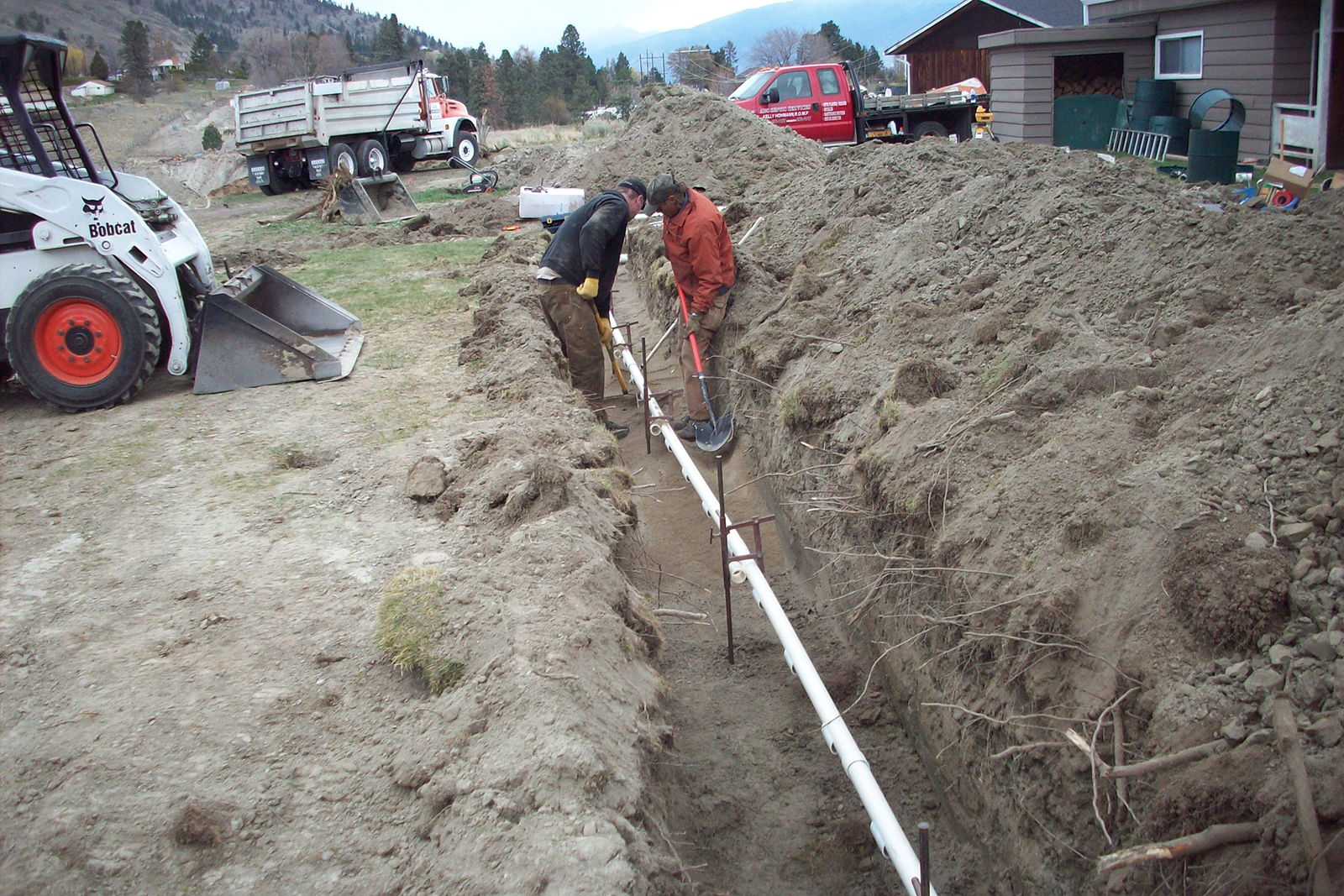Understanding the costs of maintaining a system is essential. Knowing what costs are possible can aid you in budgeting efficiently and avoid any unexpected costs. There are various factors that contribute to the septic system cost.

The expense of installing the septic tank and field is influenced by a variety of variables. The size of the septic system is a major aspect to consider. The cost will rise for larger households and properties. Also, soil conditions and the topography of an area can impact the difficulty of installation and the cost. The soil conditions could be challenging and may require additional excavations or specially designed treatment methods. This will add to the cost.
Another aspect that influences the costs of septic systems is the type of septic tank and leach field system chosen. Different types of materials and designs can have diverse costs. Concrete tanks are less expensive than other alternatives, such as plastic or fiberglass tanks. Advanced treatment systems and eco friendly alternatives can be more expensive, but they do offer benefits such as improved wastewater treatment or increased water conservation.
The initial investment in a septic system and leachfield is essential however it’s also important to consider maintenance and replacement expenses. The lifespan of a septic tank is between 25 and 30 years, depending upon the elements such as use and maintenance, the materials used such as materials, etc. In time the tank could require repair or replacement. It’s important to consider not only the tank, but all upgrades and expenses to ensure that it is in compliance with current regulations when you calculate how much it would cost to replace the septic system.
The cost of replacing a septic system can be determined by the type of tank as well as its dimensions as well as the complicated the installation. In some instances there may be a need to dig up and get rid of the tank prior to making way for the new installation. If there have been changes to regulations since the first installation of the septic tank, it may cost more to upgrade the system to standards.
Regular maintenance and inspections are vital to ensure smooth replacement as well as to prevent any unexpected expenses. Regular inspections allow you to spot any possible issues and to make prompt repairs and prolong the life of your tank. Regularly pumping of the tank is necessary to prevent solids from accumulating and causing damage.
To ensure that you are getting the most affordable price for your new or replacement septic system Make sure you check out quotes from trustworthy contractors. Comparing these estimates can provide a clearer understanding of the costs in your local area, and help you make an informed choice. Be sure to inquire whether there are any warranties offered by the contractor in relation to their work or on the materials employed.
Knowing the cost of replacing a septic tank as well as the overall cost of the septic system is vital for homeowners and property owners. It is possible to budget to cover the installation or replacement of a leachfield or septic system by considering aspects like the size, the materials used, the soil condition, as well as possible long-term expenses. To maximize the life of your septic tank and reduce future costs, regular inspections, maintenance and appropriate treatment is essential. Don’t forget that a properly operating septic system isn’t just important for the management of wastewater however, it can also add value to your house.